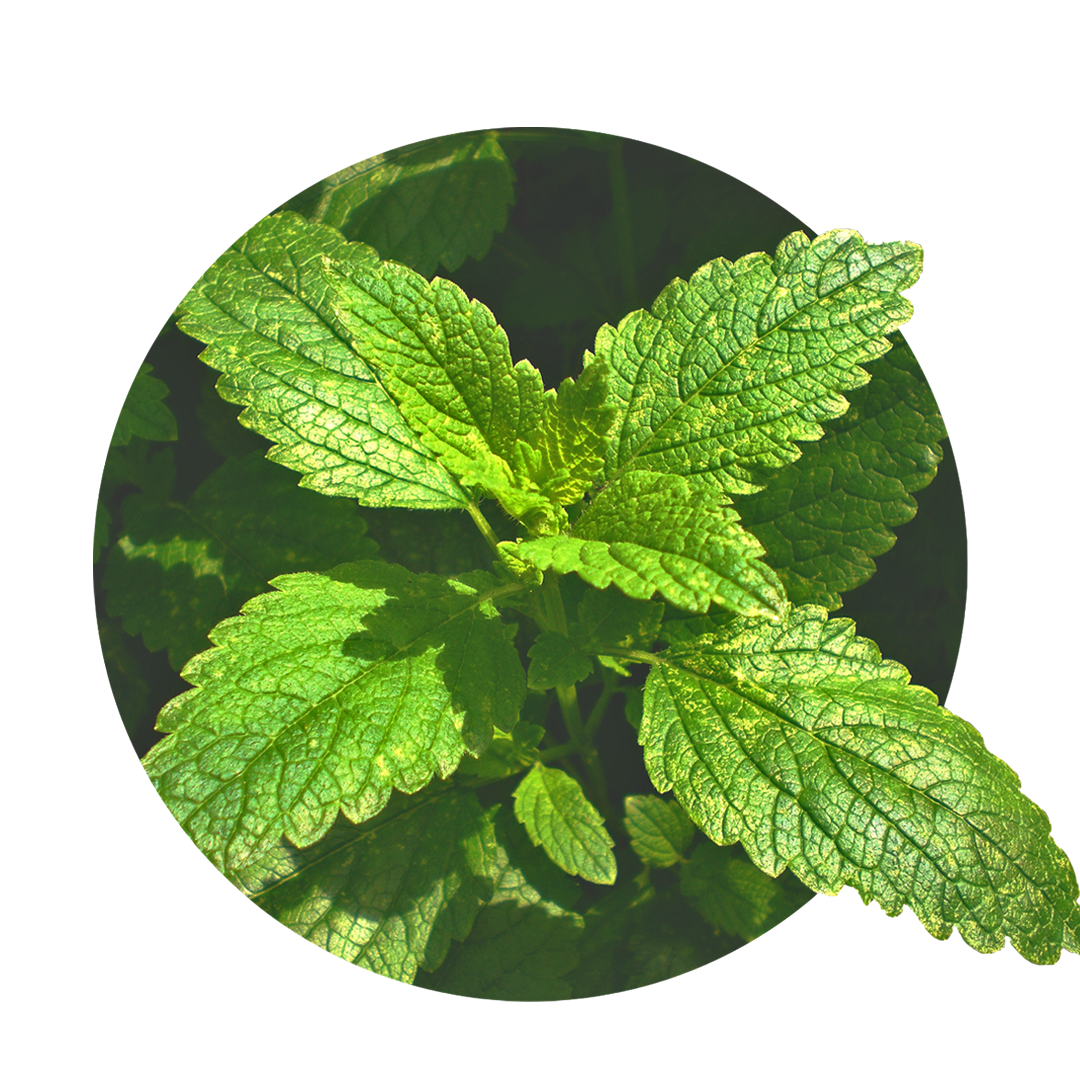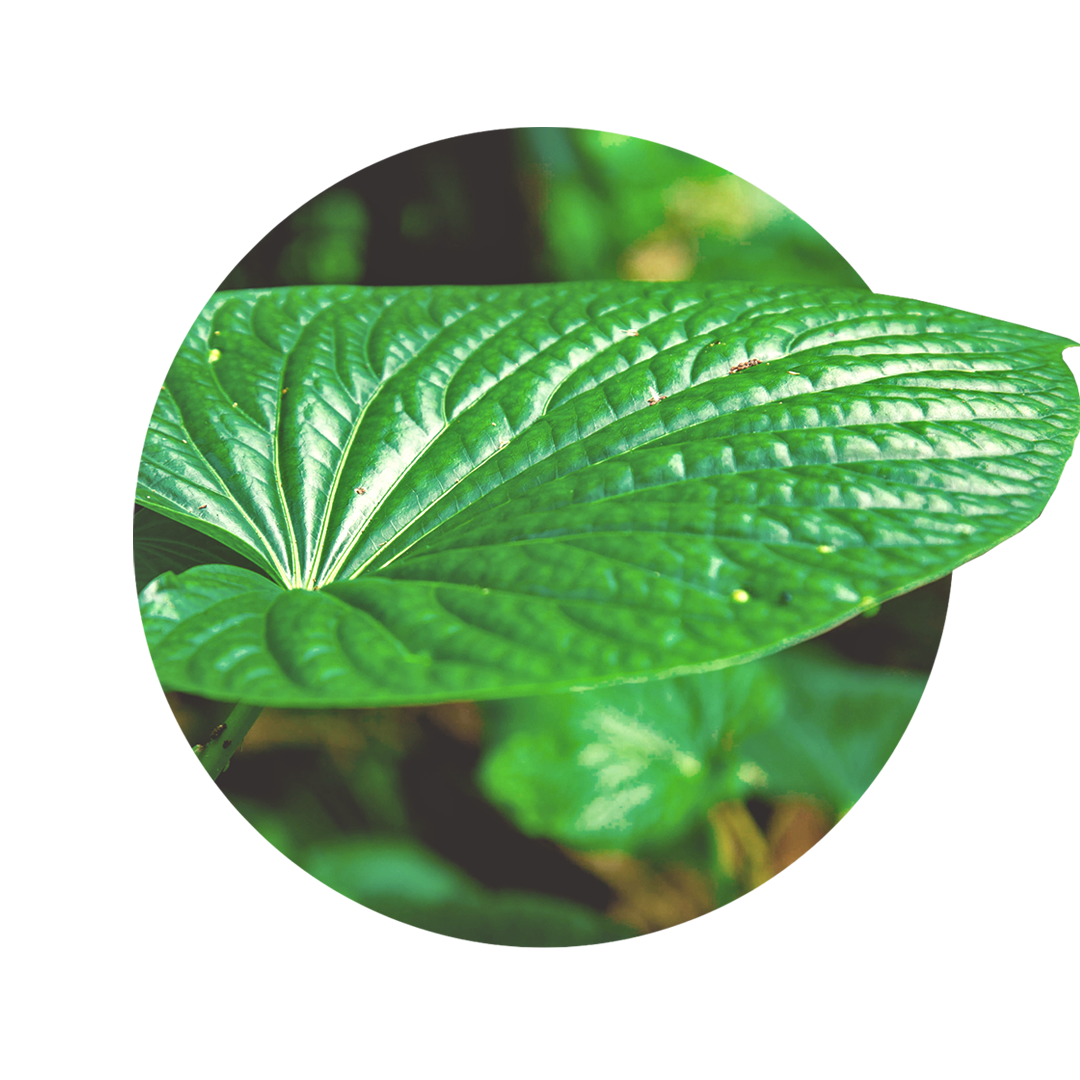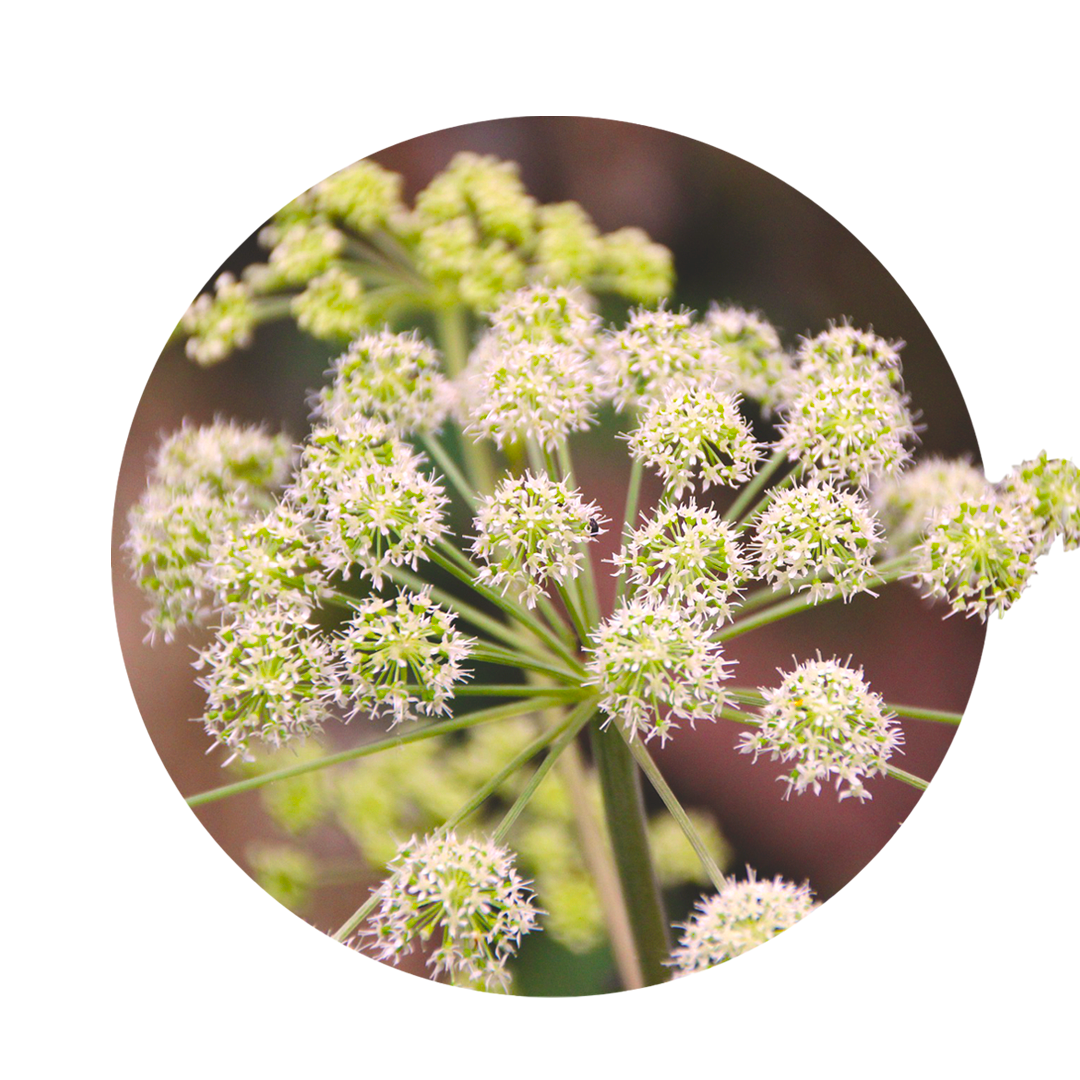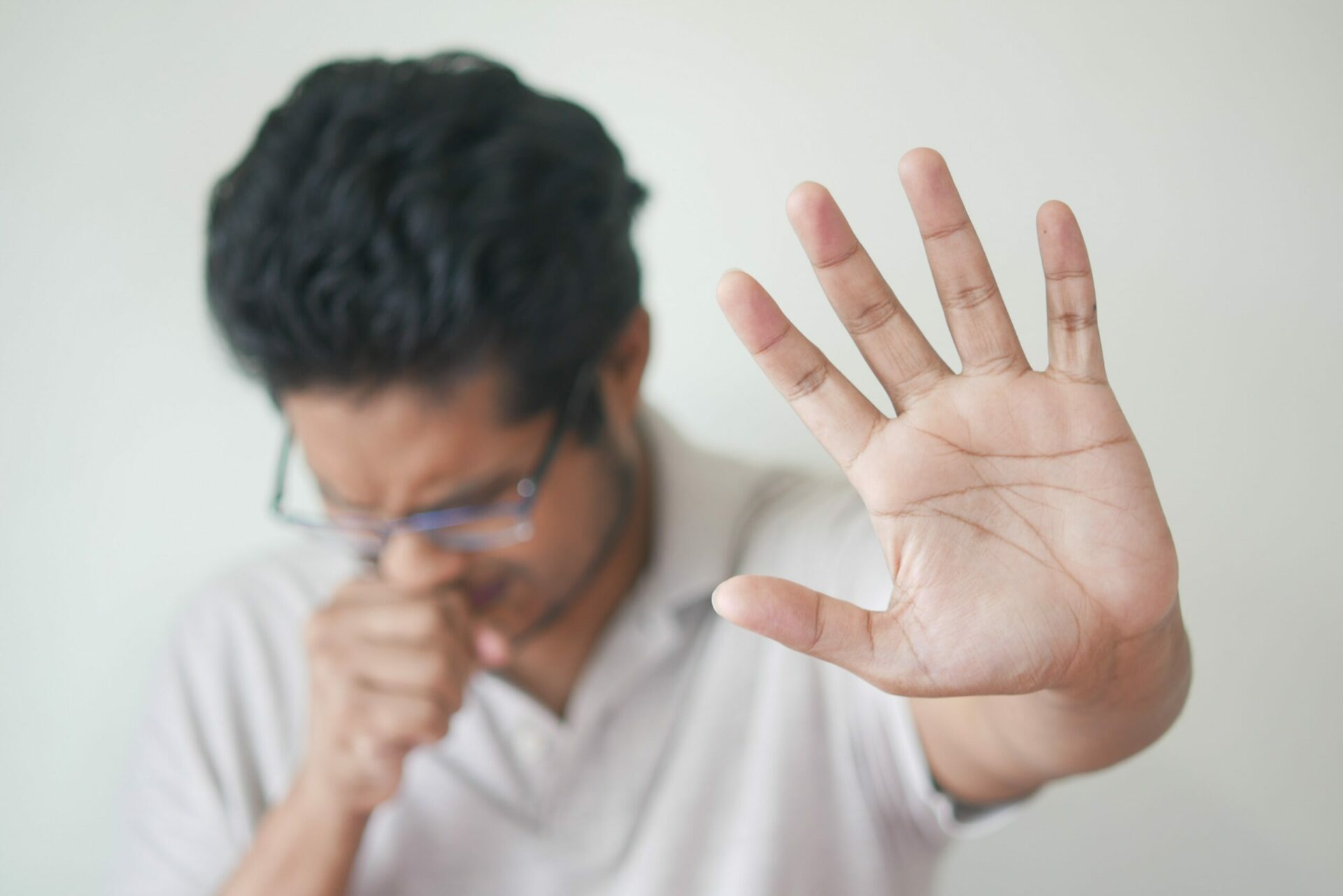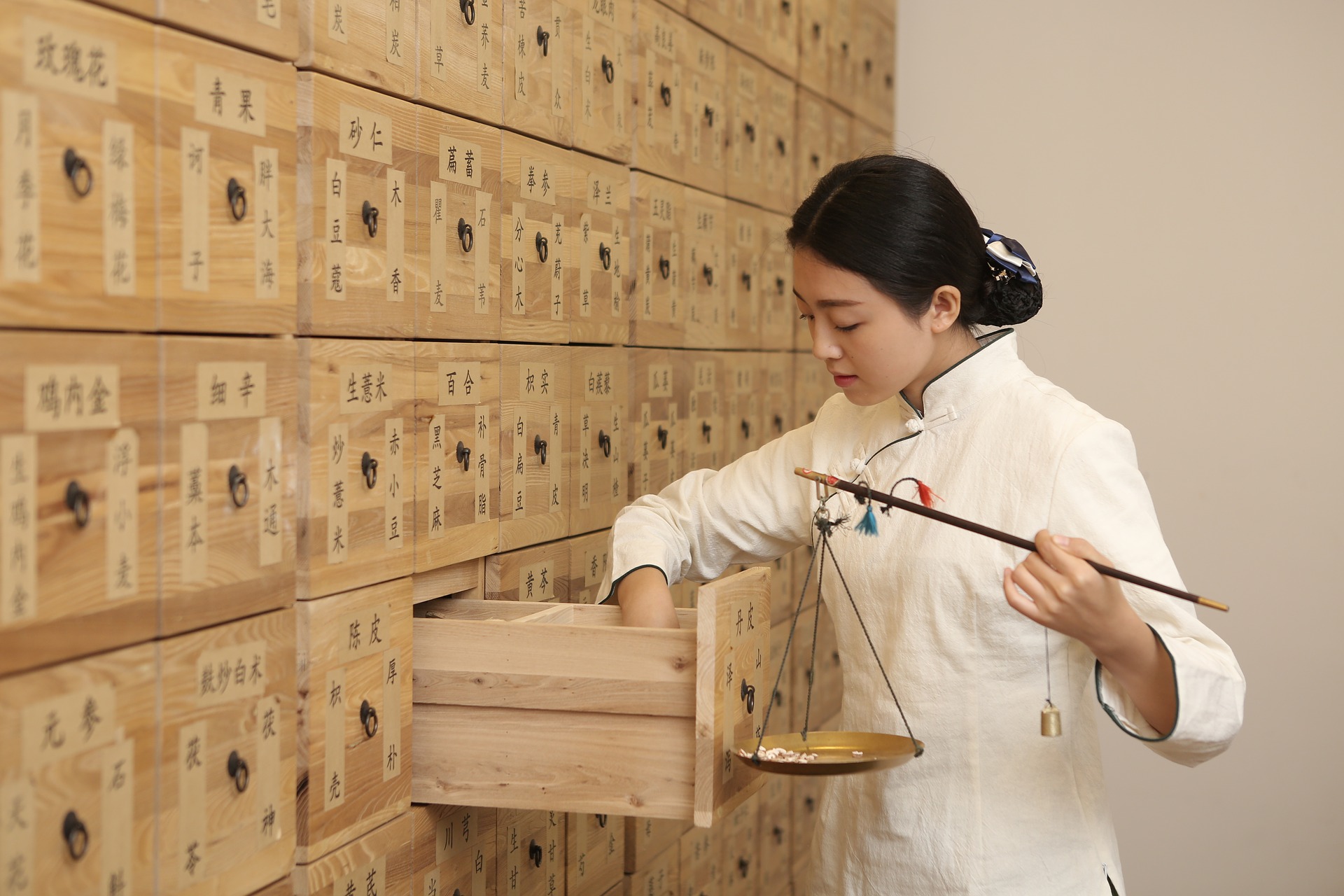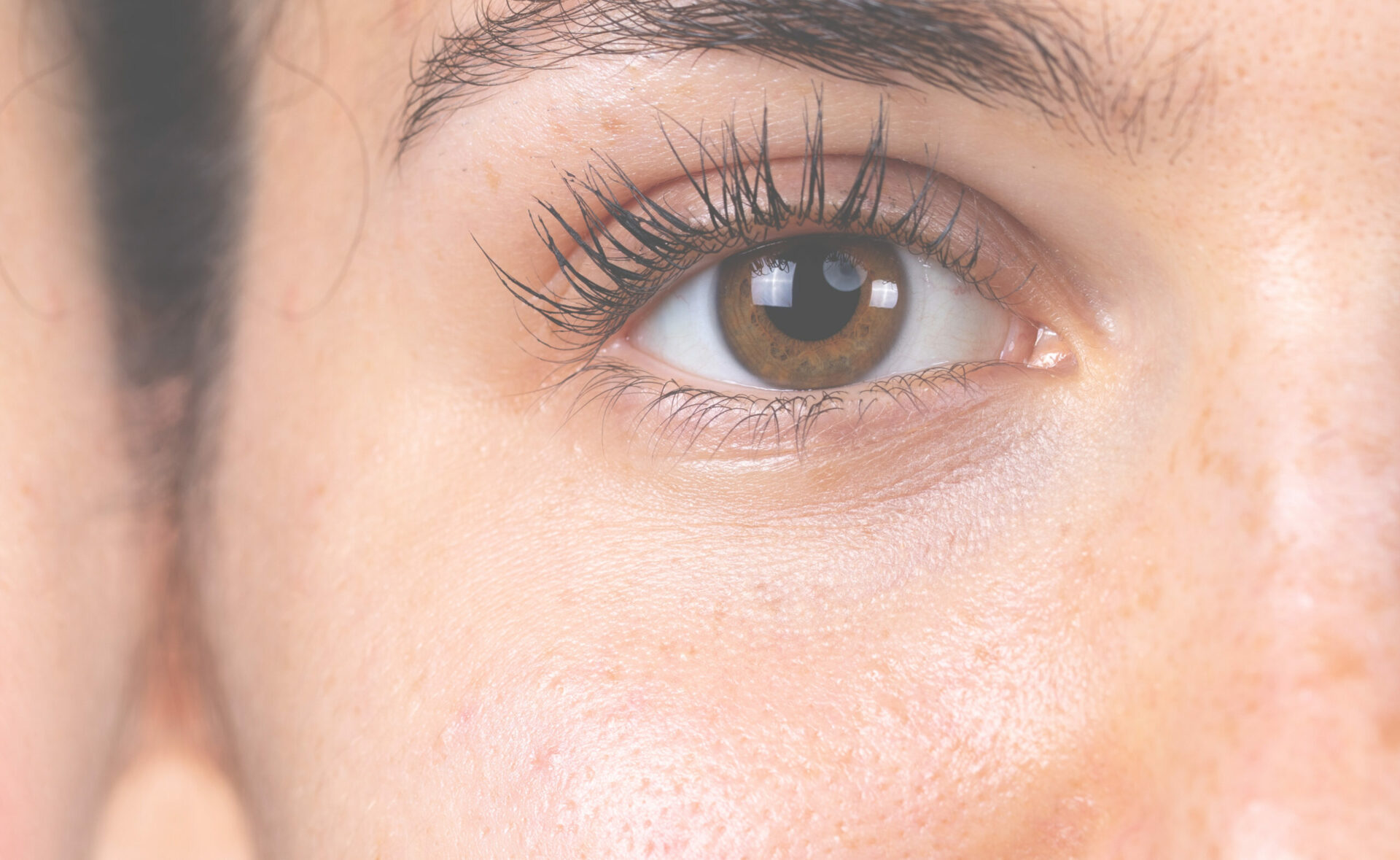Personal resilience: What does the current situation do to us?
After weeks in voluntary isolation or imposed quarantine, the Corona crisis still has us firmly in its grip and is significantly influencing the way we interact and collaborate. The home office is besieged by about 25% of all employees, the discussion about a legal right to work from home has reignited and is the focus of media interest. Initial mood surveys on well-being in the home office paint a diverse picture - many employees feel motivated, almost inspired, within their own four walls and are grateful to be able to balance family and career in this way. But there are also voices that increasingly report boredom, anxiety and loneliness. And the danger of an increase in mental disorders is also becoming increasingly present. This is due to catastrophic news, a perceived loss of control and imposed isolation, which can reflect and ultimately reinforce central symptoms of certain clinical disorders, such as depressive episodes or anxiety disorders.
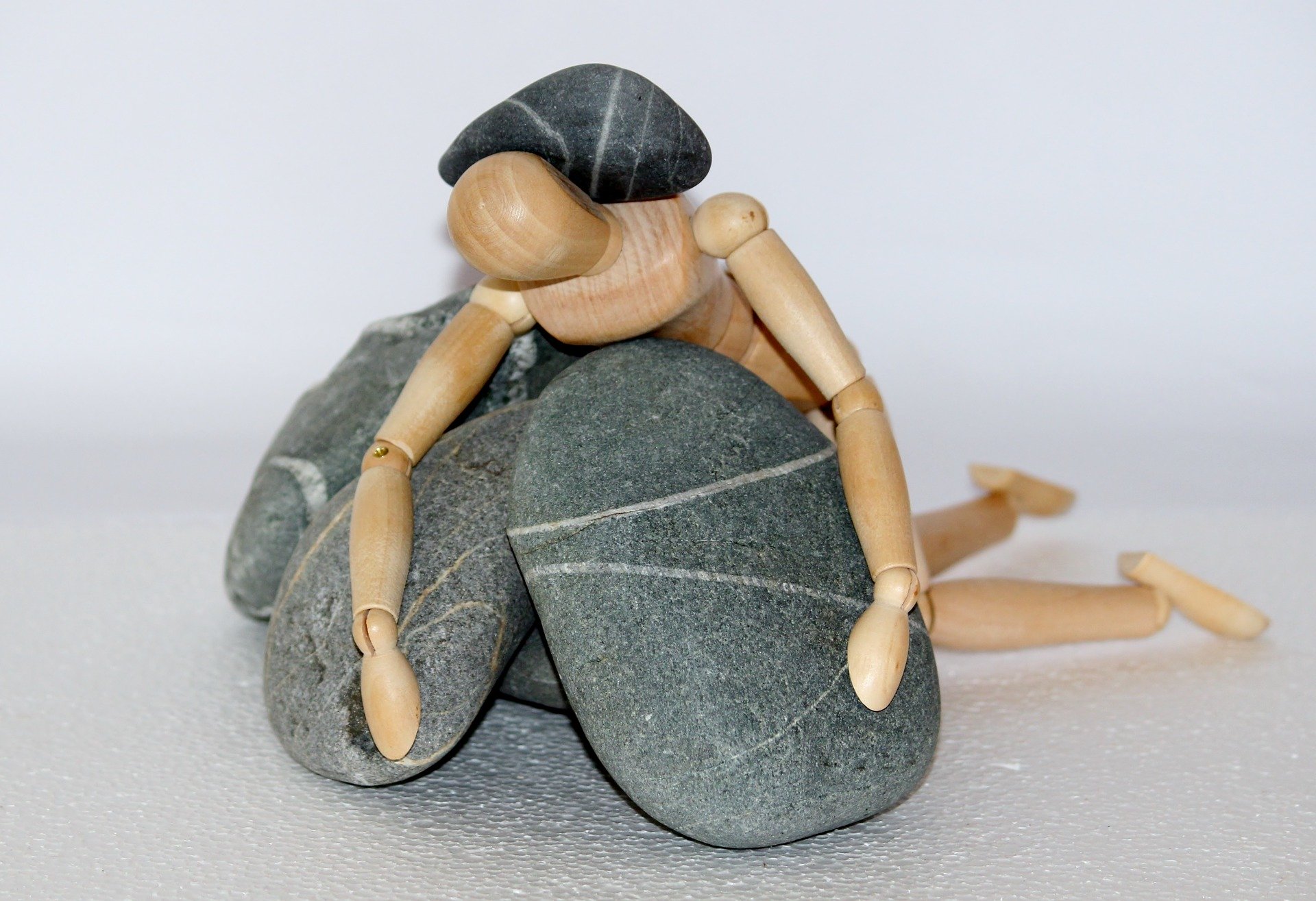
Burnout: How to support individuals?
Even though the first signs of relaxation are in sight, a return to normal (office) routine is not yet in sight for many. What is good news for some who enjoy their work in the home office, offers others who are already struggling with the current situation above all a view into a possibly deep downward spiral of feelings of paralysis, lack of drive and hopelessness, and personal restrictions, even complete social withdrawal.
Provided that clinically relevant symptoms of a Burnout If a person's mental health problems become apparent and even threaten to manifest themselves, professional support is required in the form of various recognized psychotherapeutic methods in order to interrupt and reverse this downward spiral by activating and thus upward-leading behavioral and thought patterns. However, not everyone who feels impaired by the current situation is immediately to be assigned to a pathological and thus urgently treatment-needy group of sufferers. Nevertheless, everyone should and can be supported at an early stage in positively strengthening their perception of the situation and their assessment of their own competencies.

Your Burnout Mixture
With natural methods such as the individual spagyric sprays from Zimply Natural, complaints can be treated and sustainably alleviated.
The seven pillars of resilience
A central concept in dealing with crises is the resilience model. Roughly summarized, resilience (from resilire = to bounce back, rebound) refers to a person's ability to withstand crises, i.e. the personal ability to cope with problems and adversities in everyday life as well as extraordinary strokes of fate. Resilience is primarily shaped in a person's childhood and adolescence, but can also be strengthened later on the basis of various factors. A widely used model for this is provided by the "7 pillars of resilience", which are made up of a person's external and internal resources:
1. optimism:
The assessment or belief that crises are temporary and surmountable.
2. acceptance:
The recognition of problems and crises as part of life, and from this the possibility of actively addressing them.
3. solution orientation:
The ability to see crises as opportunities and develop appropriate courses of action.
4. leaving the victim role:
The willingness and maturity to take responsibility for one's own actions and not externalize them.
5. acceptance of responsibility:
Acceptance and sense of self-efficacy and taking initiative.
6. network orientation:
Building and using stable and social networks to cope with problems.
7. future planning:
Setting solid and prudent goals, as well as realistically exploring development potential and options for action in the event of future adversity.
Discover the medicinal plants of Zimply Natural for more resilience in your everyday life

With systemic consulting to more resilience
The approach of systemic consulting results in a variety of exercises that serve to strengthen solution-, future- and resource-oriented thinking and thus to strengthen resilience. Anyone who is struggling with negative thoughts, fears about the future, boredom or feelings of paralysis and lack of perspective in the new everyday life of Corona Time can go through these exercises for themselves - and gladly in the home office.
Systemic questions to strengthen resilience
A central concept in dealing with crises is the resilience model. Roughly summarized, resilience (from resilire = to bounce back, rebound) refers to a person's ability to withstand crises, i.e. the personal ability to cope with problems and adversities in everyday life as well as extraordinary strokes of fate. Resilience is primarily shaped in a person's childhood and adolescence, but can also be strengthened later on the basis of various factors. A widely used model for this is provided by the "7 pillars of resilience", which are made up of a person's external and internal resources:
Resource Orientation
What is good about the situation? What should be maintained in the future? Why might it be good to invite the current problem (isolation and ongoing home office) back from time to time in the future?
Example: The time that would otherwise have to be used for the commute can be used for hobbies or the family
Hypothetical musings:
What would you do if time and money were no object for you in your home office? How would you organize your day?
Example: Investing time in sports or personal development - e.g. by using e-learning offers for professional development, foreign languages or virtual networks and communities.
Improvement through aggravation:
What could you do to make the current situation worse? What else would have to happen? (If we know what could make a situation worse, we can try to do the exact opposite). Example: Continuously wearing sweatpants and baggy shirts can create a sense of neglect and lack of structure - so maybe continuing to put on your favorite business shirts will help?
Learning through differences:
For whom is the situation perhaps just not so bad, but rather desirable? Why? What is different for him/her? What could this mean for you?
Example: People whose day-night rhythm does not conform to conventions can use the home office to work flexibly according to their energy phases. It can also be helpful for people who start work at 08:00 by default to set the alarm clock a little later after a bad night or to use the couch for a refreshing nap.
Searching for exceptions:
When is the current situation a benefit for you, when does it make you feel particularly good, motivated, full of energy? What did you do in these moments?
Example: When you put all communication channels on mute and can work undisturbed on a topic or project and get into the so-called flow, which would be impossible in a normal office environment with background noise and "walk-ins".
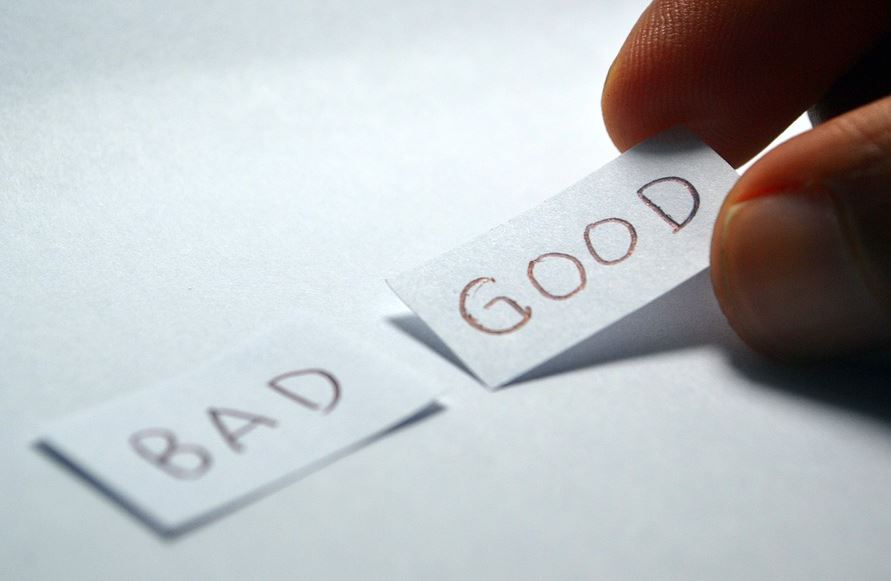
Reframing as an approach for more resilience
The method of reframing can also help to even understand problems as resources or approaches to solutions. To do this, you can try to give the critical situation a different meaning or view it as something positive in a different context. For example, working in a home office can be understood as an opportunity to decelerate, as a quiet place of retreat where we can work in a concentrated manner and control possible disturbances from outside in a more targeted manner than we usually do in an (open-plan) office. We thus have control over a situation to which we are otherwise rather exposed. Or you can focus on the potential positive impact on climate protection and appreciate how eliminating the need for a large number of employees to commute to work could reduce air pollution.
In addition, the current situation can be understood primarily as an opportunity for faster digitization, which can promote, for example, a significantly enlarged offering for social, location-independent exchange, but also for digital continuing education, professional orientation and, last but not least, the comprehensive provision of digital counseling and therapy services.
Whatever you try: The following principle offers a helpful, very simple guide to action:
"If something works - do more of it. If something doesn't work - do something else."
(Steve de Shazer, founder of solution-focused brief therapy).




